The quest to find the perfect pair of earphones: Are custom, 3D printed earbuds the solution?
Earphones don't fit properly, offer mediocre audio quality and can even be painful. So the quest to design the perfect pair is music to Seth Stevenson's ears
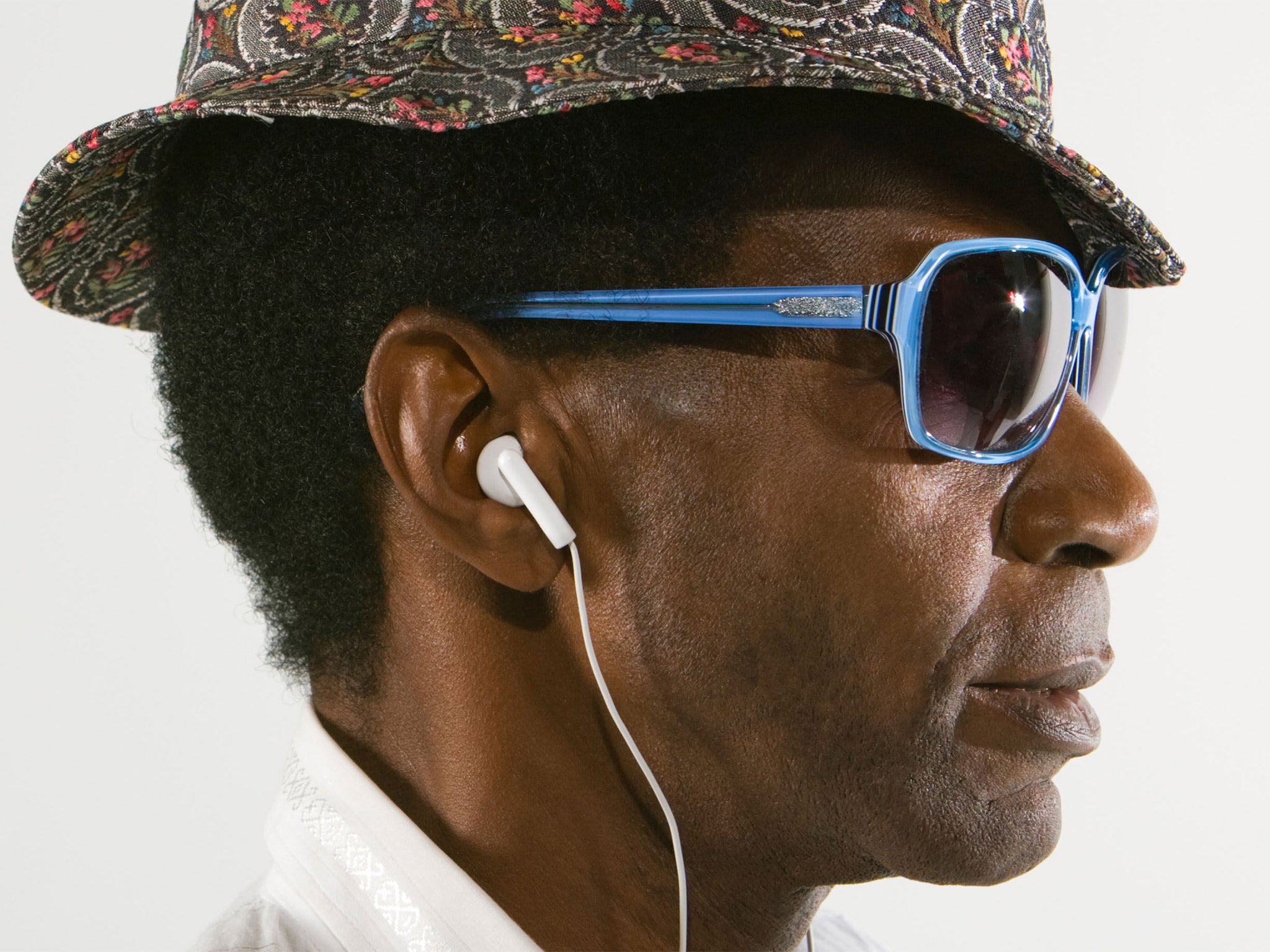
Your support helps us to tell the story
From reproductive rights to climate change to Big Tech, The Independent is on the ground when the story is developing. Whether it's investigating the financials of Elon Musk's pro-Trump PAC or producing our latest documentary, 'The A Word', which shines a light on the American women fighting for reproductive rights, we know how important it is to parse out the facts from the messaging.
At such a critical moment in US history, we need reporters on the ground. Your donation allows us to keep sending journalists to speak to both sides of the story.
The Independent is trusted by Americans across the entire political spectrum. And unlike many other quality news outlets, we choose not to lock Americans out of our reporting and analysis with paywalls. We believe quality journalism should be available to everyone, paid for by those who can afford it.
Your support makes all the difference.Lately, I've been thinking a lot about products that penetrate our bodily orifices. No, not those. What I have in mind is a device that people use every day, in public, for all to see.
The modern earphone comes in two main types – both of which are deeply flawed. The prevailing earbud design (the kind often included with the purchase of, say, an Android device) involves silicone bulbs that jam deep into your ear canals, creating a seal. Some people have no problem with these small invaders. But many others – myself included – find them intrusive. Painful, even.
An informal survey of friends and colleagues found a number who are convinced that their ear canals must be abnormal, since those silicone buds simply don't fit. They pop out while jogging, for instance. Or when you yawn too widely. Or, worse, they stay in but create more discomfort with each passing minute, until you joyously rip them from your ears like a splinter from your thumb. Also: this may be one of the more embarrassing admissions I've made, but… sometimes when I take this type of bud out I find it is coated in a thin film of earwax. Gross! Sorry!
Apple offers an alternative, as its earbuds (the ones that come with iPhones) obviate these issues by resting demurely in the concha of the ear, making no attempt to rudely invite themselves into your canal. This style works so-so for me. But I do find that I need to crank the volume on my iPhone when I listen to music in loud environments, such as on the Tube. And even then I'm not pleased with the result. Their distance from my ear canals and their lack of a seal means the Apple earbuds leak out a lot of music into the air and leak in a lot of noise from squealing Tube brakes. Friends report similar dissatisfaction, adding that even in quiet contexts, the Apple buds offer only mediocre audio quality, and that they often slip out of the ears entirely during sweaty workouts.
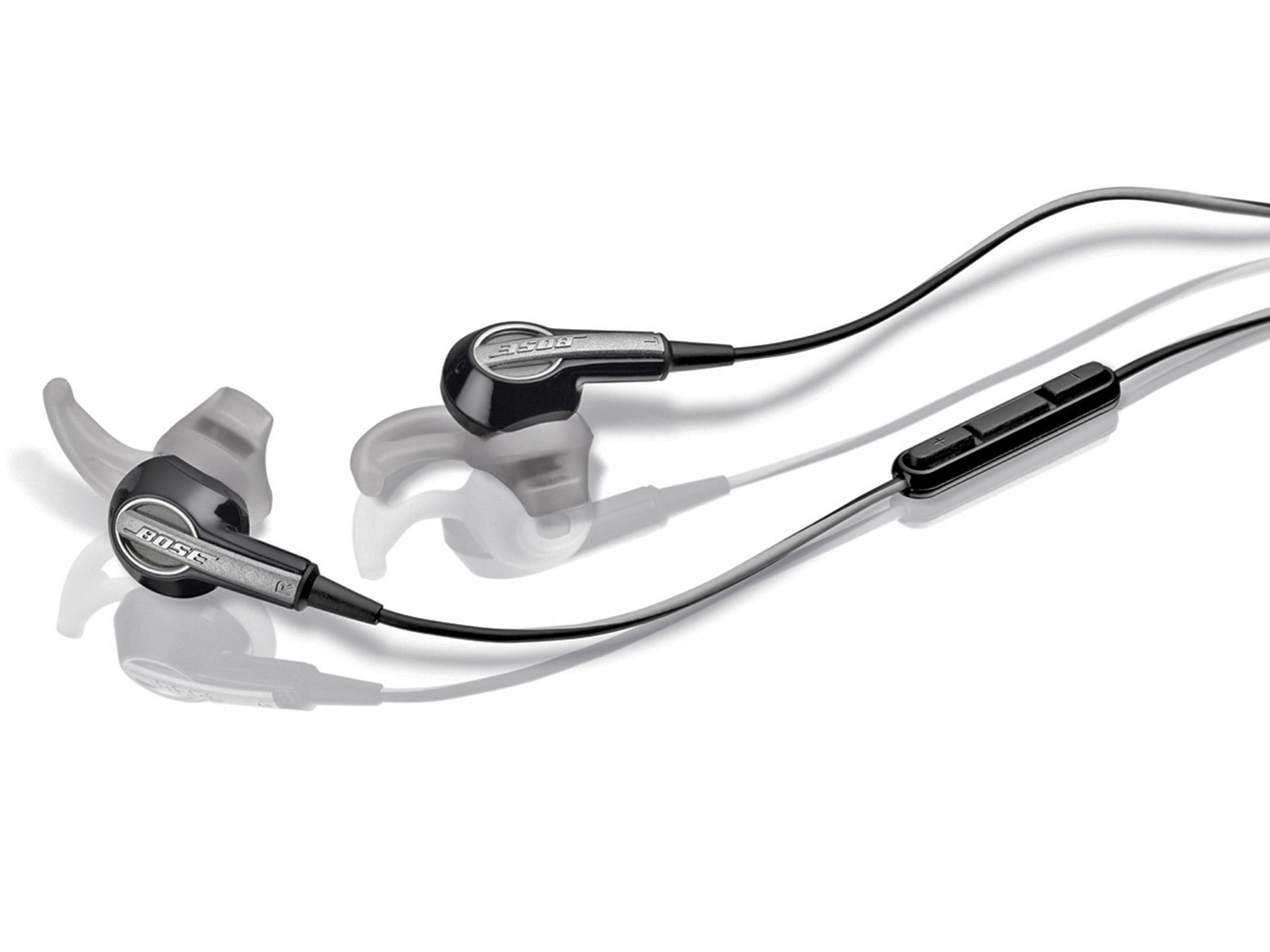
Can't live with 'em inside canals, can't live with 'em outside. Sure, those big, over-the-ear headphones solve many of these problems, but they're too unwieldy to tuck into your jeans pocket when you're on the go. I want an earbud alternative that works for everyone. One that won't jam too tight into my canals yet will stay in place, be comfortable, and provide good sound. Surely it's out there?
As the first step in my search, I consulted a pro. Brian Fligor is the chief audiologist for the 3D ear-scanning firm Lantos Technologies. According to Fligor, my delicate, narrow ear canals are nothing to be ashamed of. "Your ear canal is as unique to you as your fingerprints," he says, "and even within one person your ear canals are not symmetric. About a quarter of the people I talk to say that earphones don't fit them."
As I had Fligor on the phone, I asked him about my own weird ear canal phenomenon. When I use earbuds that create a seal, I can almost "hear" my footsteps in my head as I walk. Fligor assured me this is normal. It's called the "occlusion effect". Vibration travels up through your body and, because the ear canal seal for me is shallow when I try to wear buds, there's a big open airspace between the bud and my eardrum in which those vibrations rattle around. Phew. I'm not a freak. But I still can't walk and listen to music at the same time.
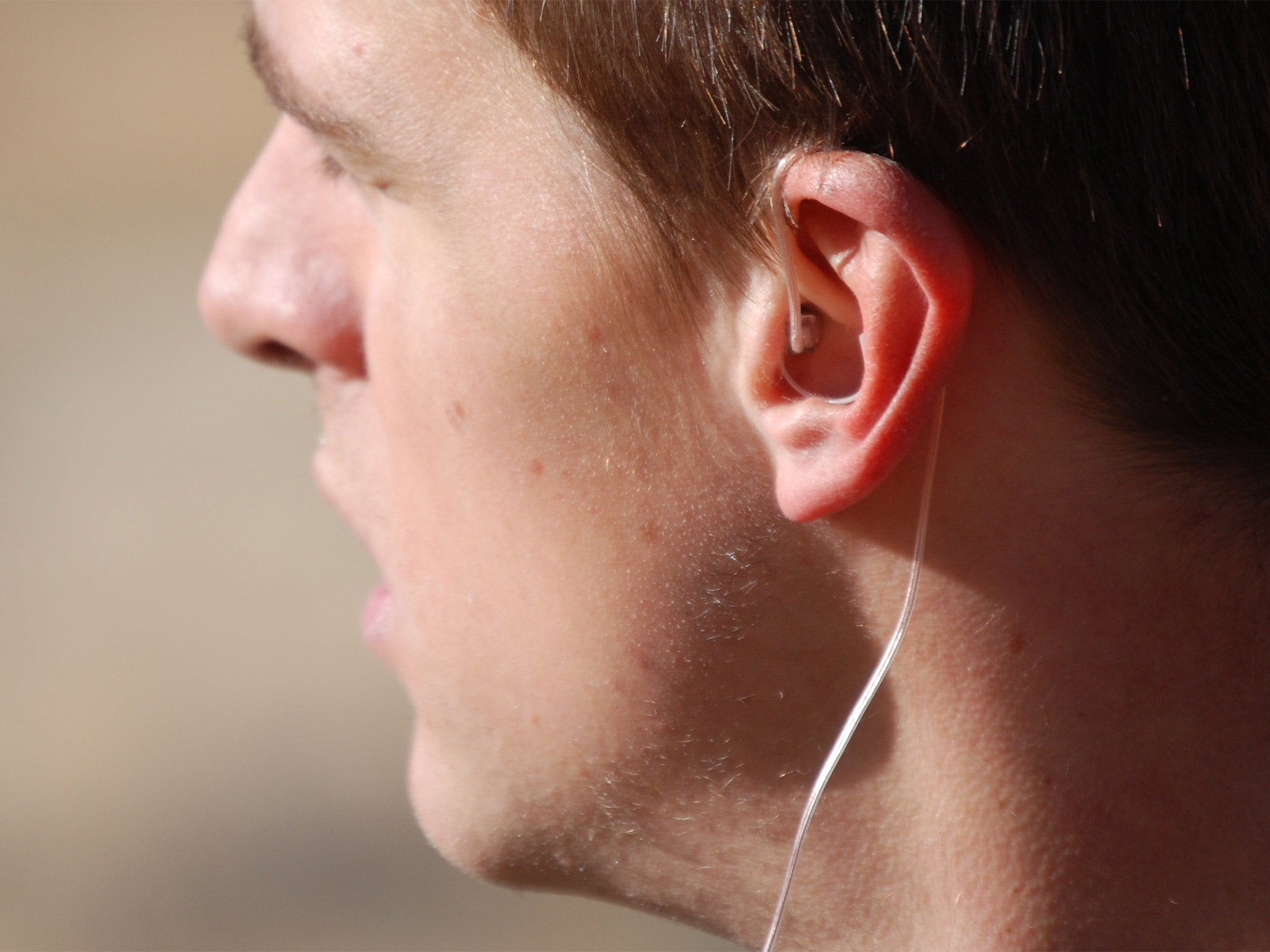
Fligor favours an ear canal seal if you can hack it. The seal makes for the finest audio quality and the least corrupting outside noise, and it allows you to keep volume levels lower. For those who can't tolerate off-the-rack silicone buds, he recommends visiting an audiologist to buy a custom-fitted "ear sleeve" that will snuggle into the precise contours of your canal.
Well, an audiologist would say that, wouldn't he? I don't at all doubt Fligor's expertise or good faith. But even he admits two flaws with the custom solution. First: it's expensive. A fitting might cost £50-£100 to get the sleeve, on top of the price of the earphones themselves. And on the other end, the sky's the limit. Fligor told me his own custom-fitted "in-ear monitors" provide "outrageous" fidelity, but cost £450. (His counterpoint: you spend hundreds of pounds on your music player and on buying songs. You won't spend more than a tenner on the things that actually produce the sound?)
And second: custom solutions can be too good. The better the seal, the less you can hear from the world outside. "I tell people not to jog at night alone," Fligor confesses, "because they won't hear the mugger."
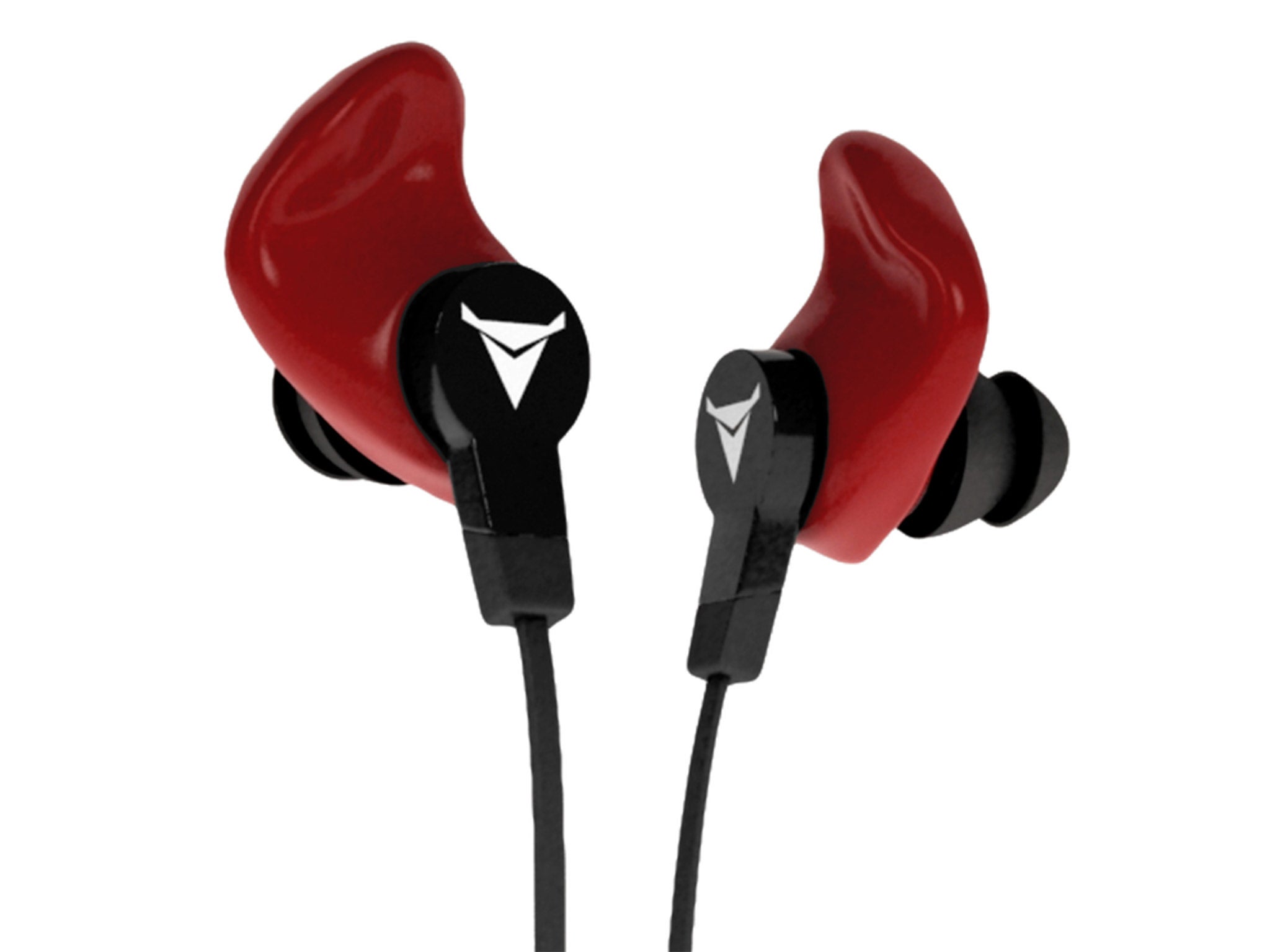
What if you don't want to spend the time and money to go to an audiologist? Or just don't want anything inside your ear canals? Are there other solutions?
You could replicate a custom fitting by doing it yourself, at home. A product called Decibullz lets you melt malleable blobs of plastic, cram them into your conchas, and then wait for them to set and firm. Voilà: personally fitted earphones for only £35 plus £7 shipping. The problem is, Decibullz employ a standard silicone bud for the part of the device that actually enters your canal. The blobby stuff just moulds itself to the outside bowl of the ear, not to the inside tunnel – which eliminates some external noise but doesn't solve any problems for narrow-canalled humans.
Instead, you could ignore your ears altogether by conducting noise through your skull. This is the approach taken by AfterShokz Bluez 2 (£99.95, Amazon), which uses a headband that loops over your pinnae and rests on the outside edges of your cheekbones. The sound vibrates into your head, and the device even buzzes against your face during the most slamming of beats. I was stunned by how clearly sound came through and I loved that there was nothing blocking my canals. But people sitting near me in the office could clearly hear my music. Also, the bulky over-the-ear headband is less than ideal if you have long hair (which can get tangled) or wear glasses (which can get in the way).
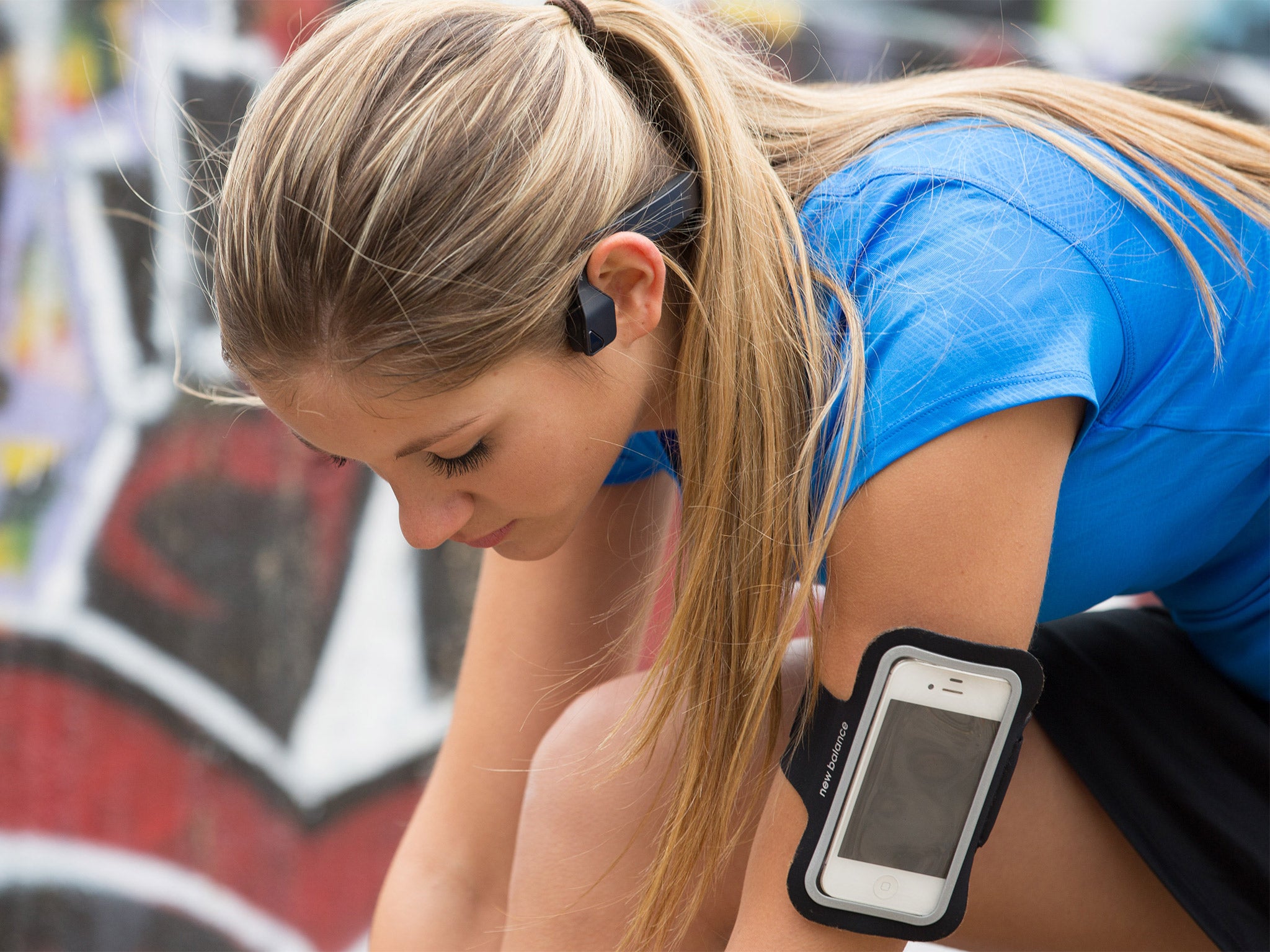
Maybe we should trust audiologists after all? EarHero (£87 plus £30 shipping) was designed by a husband and wife audiology team from Idaho for skiers who craved musical accompaniment paired with situational alertness. It turns out the product has been a hit with security personnel who use it for radio communication. EarHero claims that more than 200 Secret Service agents wear these earphones, attracted by their ability to let in other noise, their comfortable fit over long workdays, and their near invisibility to observers. But would they suit my purposes? They are indeed comfy and stay in place, but the sound is tinny. Terrific for listening to tactical chatter as you protect a Saudi royal, but not so good if you want to jam out to top 40 hits.
For me, the winner is Bose earphones with "StayHear" tips. These tips are small, silicone wedges in the shape of shark fins that tuck under the eaves of your pinnae into the top edge of your concha to hold the earbuds in place. But there's still no seal necessary, which means there's no discomfort and no diminished awareness of the world around you. They have the comfort and stability of the EarHero, with far superior audio quality. Sadly, they start at about £89.95 – which is a hefty price to pay for something that, if past evidence is a guide, I might lose within the next six months.
Perhaps a better solution is on the horizon: a brand called Normal lets you take photos of your ears, send them in and receive back custom, 3D printed earbuds that promise to fit you precisely. Sounds difficult to pull off, and I'll believe it when I see it. Or hear it. In the meantime, I'll be that guy standing next to you on the Tube in Apple buds, cranking early Nineties hip-hop into the air for all around me to enjoy.
Join our commenting forum
Join thought-provoking conversations, follow other Independent readers and see their replies
Comments